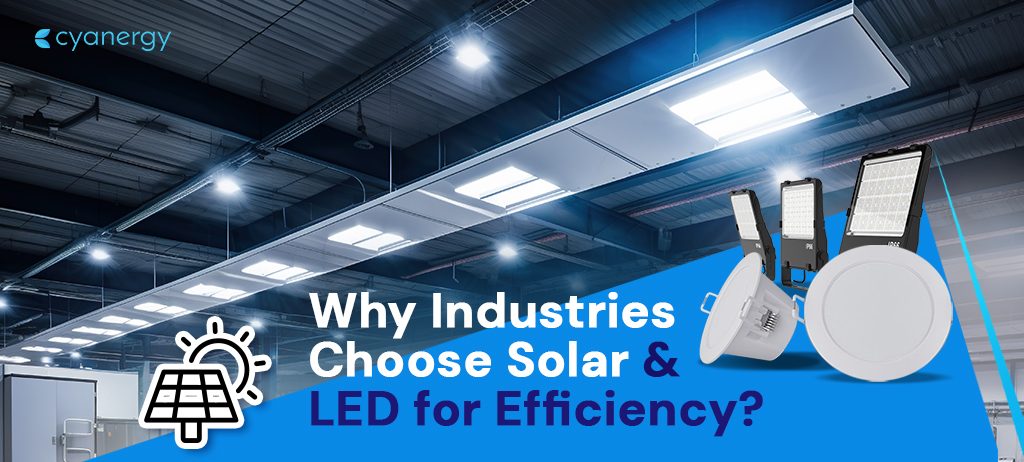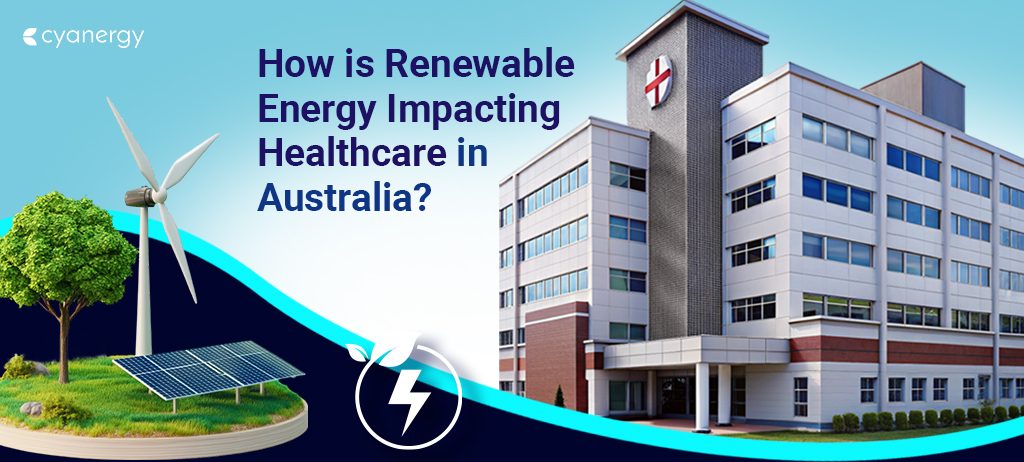Solar costs more at first. You need to purchase solar panels, batteries, and cover the installation costs.
However, once it’s set up, it can help you reduce your electricity bills to almost zero. Over time, the savings can offset the high starting cost. Additionally, there are government rebates available to help reduce the price.
LED lighting is generally less expensive to install than solar lighting. It’s one of the easiest ways to upgrade your business lighting.
While LEDs still use power from the grid, they use a lot less energy than regular bulbs, so you still save money on your power bills. LEDs are perfect for indoor use.
Energy Efficiency: Which Saves More Power?
Solar power derives its power from the sun, eliminating the need for electricity from the grid. It’s 100% clean energy and ideal for outdoor areas, such as parking lots, walkways, or locations far from power lines.
LED lighting is also very efficient, using up to 80% less power than old bulbs. But it still needs electricity, unless you pair it with solar panels. It’s an excellent choice for businesses that want to save energy while remaining connected to the grid.
Maintenance and Lifespan: Which Lasts Longer?
Solar systems require some care. Batteries may need to be replaced every 5 to 10 years, and panels should be cleaned periodically to function optimally. However, because they have fewer moving parts, they are usually easy to maintain.
LED lights last a long time—over 50,000 hours! They don’t need to be replaced often, so you’ll save on maintenance costs. But since they rely on grid power, they can be affected by power outages.
Environmental Impact: Which Is Greener?
Solar is one of the most environmentally friendly choices. It runs on clean solar energy, so it doesn’t release harmful gases or pollute the air.
LED lighting is also more environmentally friendly than traditional bulbs. It uses less electricity, which helps lower pollution.
However, even if the grid uses coal or gas, LED lights still have a relatively small environmental impact. Still, switching to LEDs is a big step toward going green.
Reliability: Which Works Better in Different Conditions?
Solar lights function optimally in sunny weather conditions. If it’s often cloudy or rainy, solar lights might not receive enough power.
However, modern solar lights come equipped with batteries to store excess energy, allowing them to continue functioning even in dark or cloudy conditions.
LED lights don’t depend on the sun. As long as there’s power, they give steady and bright light, making them ideal for indoor areas or places that need constant lighting.








Leave a Reply